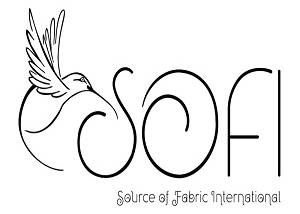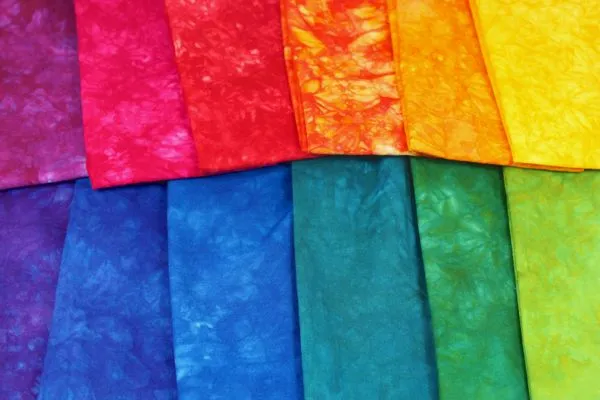An Overview of Reactive Dye Understanding
One type of colorant that’s commonly employed in the textile industry to give materials color is called reactive dye. These dyes are special because they create covalent connections with the molecules of the fiber, which makes them very useful for dyeing cellulose fibers like cotton and certain synthetic fibers. This essay will explore the properties, uses, benefits, and environmental issues related to reactive dyes.
Reactive Dye Chemistry
Reactive dyes are distinguished by their capacity to undergo chemical reactions with the fibers they color. Reactive functional groups, such as vinyl sulfone groups or halogens (like chlorine or bromine), which can form covalent bonds with the hydroxyl or amino groups in the fiber, are usually responsible for this reactivity.
Dyes react with the fiber in the presence of an alkaline liquid and at high temperatures during the dyeing process. The procedure can be divided into multiple crucial steps:
Dissolution: To make a dye bath, the dye is dissolved in water.
Absorption: The fiber is penetrated by the dye molecules.
Reaction: The reactive groups in the dye combine with the fiber when exposed to heat and an alkaline environment, creating a strong covalent connection.
Fixation: A color that is resistant to washing and light exposure is produced by the dye becoming fixed in the fabric.
Because the color they give is less likely to wash out than other dyeing techniques, reactive dyes are especially popular due to this chemical interaction.
Uses for Reactive Dye
Reactive dyes have a wide range of uses and are highly adaptable. Cotton and other cellulose fibers are dyed, and they are primarily used in the textile industry. But they’re not limited to textiles in their applications:
Textiles: Because of their exceptional colorfastness and vibrancy, reactive dyes are frequently used to dye cotton, linen, and rayon.
Paper: The paper industry also uses reactive dyes to create colorful paper.
Leather: Leather can be colored with some reactive dyes, though this is less usual.
Inks: They are used in printing inks because of their durability and vibrant hues.
these dyes are especially well-liked for producing eye-catching, vivid colors that work well in both fashion and interior design.
Benefits of Dye Reaction
These dyes are a desirable option for many applications due to their many advantages:
Colorfastness: Excellent wash and light fastness are achieved by the covalent connection between the dye and fiber, which increases the longevity of clothing.
Broad Color Spectrum: Reactive dyes come in a wide range of hues, which inspire imagination and encourage experimentation.
Versatility: When applied correctly, they can be used on a variety of fabric types, such as cotton, rayon, and even some synthetic materials.
Greener Choices: Reactive dyes can be made using less toxic chemicals in both production and application, making them more environmentally friendly.
Environmental Issues
These dyes provide benefits, but there are drawbacks to using them. The waste produced during the dyeing process is one of the main environmental concerns. Large volumes of wastewater, possibly containing unreacted dyes and other dangerous substances, can be produced during the reactive dyeing process. This effluent has the potential to pollute the environment if improperly treated.
Moreover, dangerous materials may be used in the creation of reactive dyes, which raises questions regarding the health and safety of those employed in the dye manufacturing process. As the industry grows more conscious of these problems, better wastewater treatment technology and more environmentally friendly alternatives are being researched and developed.
In summary
Reactive dyes, which provide brilliant colors and remarkable colorfastness, have completely transformed the textile industry. They work especially well for dying cellulose-based textiles because of their special capacity to create covalent connections with fibers. Even though they have certain negative effects on the environment, continuous developments in wastewater treatment and dye technology are opening the door to more environmentally friendly methods.
The textile industry is constantly searching for new ways to reduce the environmental impact of dyeing processes as consumer demand for environmentally friendly products develops. Reactive dyes are expected to stay a mainstay in the color world due to their many uses and natural advantages, but how well the industry manages the environmental issues raised by their use will determine how long they last.


